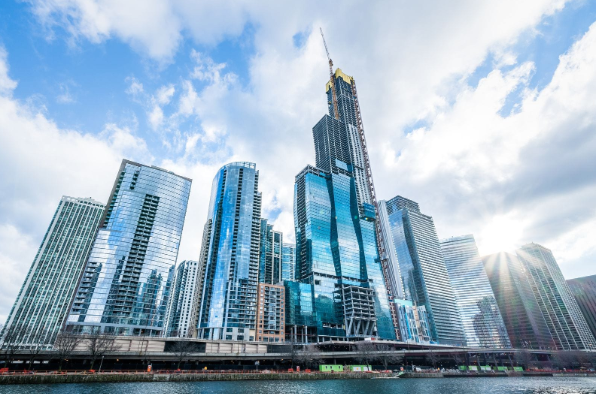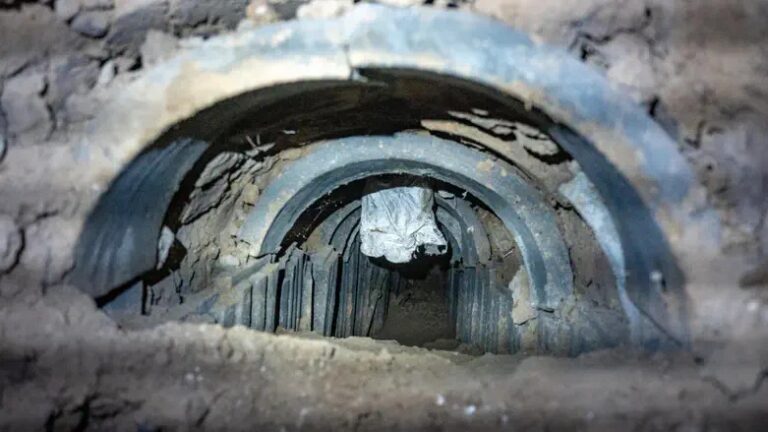For everyone working in the U.S. commercial real estate (CRE), whether investor, broker, or tenant, staying current is crucial as this climate is changing quicker than ever. The epidemic changed our way of life, business, shopping, and working; it also pushed companies and investors both to rethink their real estate plans. Realmo.com, a visionary platform that brings major players in the CRE market together, indicates that shifting economic environments and business models are presenting opportunities and challenges across the country.
How Commercial Real Estate is Changing
Last few years have seen dramatic changes in commercial real estate. The backbone of the cityscape, office skyscrapers are facing erratic demand as hybrid work patterns shape the way of life. Warehouses and logistics centers, by contrast, are booming thanks to the e-commerce boom. Retail stores, meanwhile, are being repurposed as mixed-use developments in a bid to appeal to today’s consumer, all about convenience and experiential space.
Let us now examine more closely some of the most influential trends that are transforming the market.
Emerging Trends that Define the CRE Industry
1. The Advent of Flexible Office Spaces
The days when offices were occupied by companies for decades without any second thought are long gone. With remote work now a deep-seated reality in the business community, companies now seek more fluid solutions. Coworking spaces and hybrid workplace configurations are becoming increasingly popular, especially in major cities like San Francisco and New York.
Businesses are also giving employee well-being first priority and choosing offices with wellness elements including better ventilation, outside access, and natural lighting. Reflecting this significant change in work culture, a CBRE research projects that the flexible office market will expand by 21% yearly over the next five years. Actually, a recent Reuters report claims that employees of New York returning to offices are inspiring hope for the commercial real estate industry to improve.
2. Warehouses and Logistics are Booming
With demand for fulfillment centers and warehouses all throughout the United States, e-commerce behemoths like Amazon have reshaped the logistics industry. As companies aim to maximize last-mile delivery and satisfy rising consumer demand for quick delivery, industrial real estate is blooming in metropolitan hubs such Dallas, Atlanta, and Chicago.
Furthermore becoming crucial in the sector are automated solutions driven by artificial intelligence and logistics. From sophisticated inventory tracking to robotics sorting goods, technology is improving warehouse efficiency, lowering reliance on manual labor, and increasing value of these facilities. This development is also being used by investment firms. Blackstone has established a $8 billion commercial real estate debt fund, according to The Wall Street Journal, indicating fresh investor hope in CRE recovery.
3. Repurposing Vacant Office and Retail Spaces
Retail and office space that was booming in pre-pandemic times is now being repurposed. Developers are repurposing vacant malls as mixed-use developments that feature retail, residential, and office space. Vacant retail centers in Los Angeles and Denver are being repurposed as vibrant urban hubs in which people can work, shop, and socialize in one place.
In addition, adaptive reuse developments—reusing old offices as residential space or coworking centers—are becoming more popular, offering cost-effective and eco-friendly alternatives for declining demand for offices.
Smart investment decisions for a changing market
With these changing trends, investors must redefine their strategies in order to remain in the lead. Below are three major approaches that can help navigate today’s CRE market:
1. Taking Data-Informed Decisions
These investors have a great advantage since they apply real-time market data and analytics. Realmo-type systems enable stakeholders to make educated decisions by offering in-depth analysis of property values, market trends, and investment possibilities. By enabling investors to predict market movements ahead of their occurrence, predictive AI-based models help to lower risks and maximize rewards.
2. Diversification Across Industries in Investments
Instead of committing all capital in a single type of property, astute investors are diversifying across many asset classes. While uncertainty hangs over office properties, industrial and multifamily residential properties hold up well. Repurposed retail space, if done in a creative manner, also maintains long-term value.
Furthermore, secondary and tertiary markets such as Raleigh, Salt Lake City, and Nashville become more attractive as they offer lower costs and strong economic growth compared with traditional hubs such as Los Angeles or New York.
3. Prioritizing ESG Factors and Sustainability
Sustainability is more than a mere buzzword today—it is a core consideration in CRE investment. Properties that meet ESG (Environmental, Social, and Governance) standards have superior occupancy and premium rental rates. Green certifications such as LEED are now a priority for developers in order to future-proof their properties.
Cities like Seattle and Boston lead the way in green real estate, with incentives offered for developers utilizing eco-friendly designs, energy-conserving technology, and carbon-neutral construction methods.
Market Insights by Region
Sun Belt Cities Are Booming
Texas, Florida, and Arizona’s attractive tax policies, reduced cost of living, and economic growth are driving a population and business explosion. These markets are ideal places for investors since tech businesses moving their headquarters to Austin, Miami, and Phoenix are creating demand for industrial and office space.
The Northeast sees a steady Office Market Recovery
Whereas in the beginning, the Northeast experienced a slowdown, major markets like Boston and Washington, D.C., are experiencing increased demand for hybrid, tech-intensive workspaces. Intelligent technology-enabled offices with modern wellness amenities are outpacing traditional buildings in leasing activity.
West coast innovation creates demand
Silicon Valley, San Diego, and Los Angeles remain tech and biotech hubs. Industrial real estate for high-tech production, and campuses for life sciences and R&D laboratories, remain in demand. Proximity to major ports also means that industrial real estate is in demand in these markets.
What is in Store for CRE?
The market for commercial real property will continue to evolve, with several key factors shaping its future:
-
Interest Rate Policies – Federal Reserve policies will impact CRE financing conditions and investment strategies.
-
Technological innovation – Blockchain real property deals and AI-based asset management will be at the forefront in terms of efficiency.
-
Evolution in consumer tastes – Flexible leasing and mixed-use developments shall be in demand as people seek work-life balance in vibrant environments.
As the market changes, knowing is everything. Realmo platforms allow brokers, tenants, and investors to stay in sync with these changes, with real-time information and opinion from experts. The future belongs to people ready to welcome creativity and rethink conventional investment strategies. Long-term success depends on using trustworthy information and industry knowledge for those who want to keep up with market developments or make more informed investment selections.











